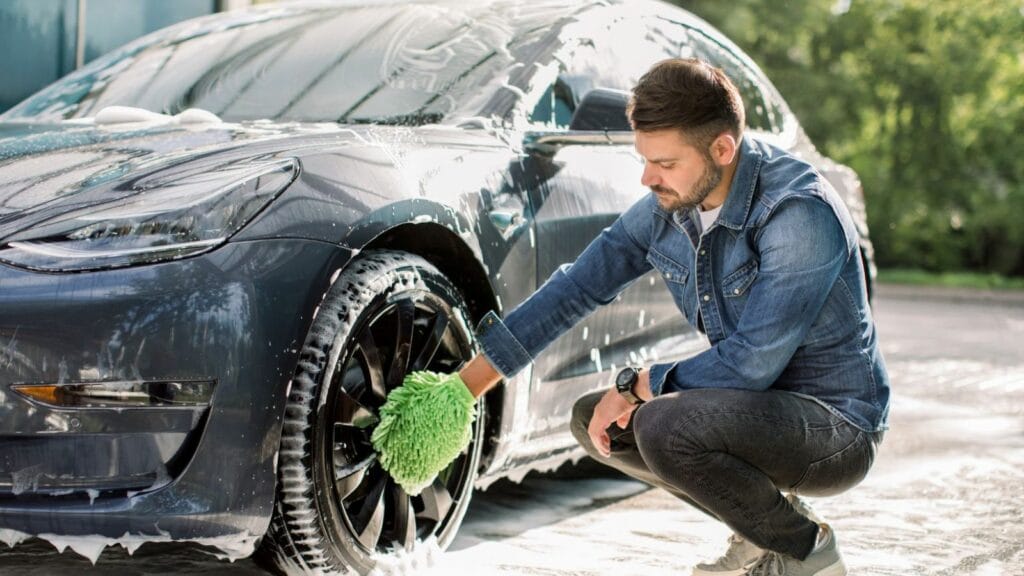For many drivers, washing the car is seen as cosmetic—something you do to keep the paint shiny or to show pride of ownership. Others think it’s an occasional chore that can wait until spring or until the car looks embarrassingly dirty. The reality is that washing your car regularly is one of the simplest and most cost-effective ways to extend its life. Dirt, salt, grime, and even sunlight are relentless enemies of your car’s bodywork, trim, and mechanical components. A clean car isn’t just about looks; it’s about protection, preservation, and long-term value.
Rust Prevention Starts With a Wash
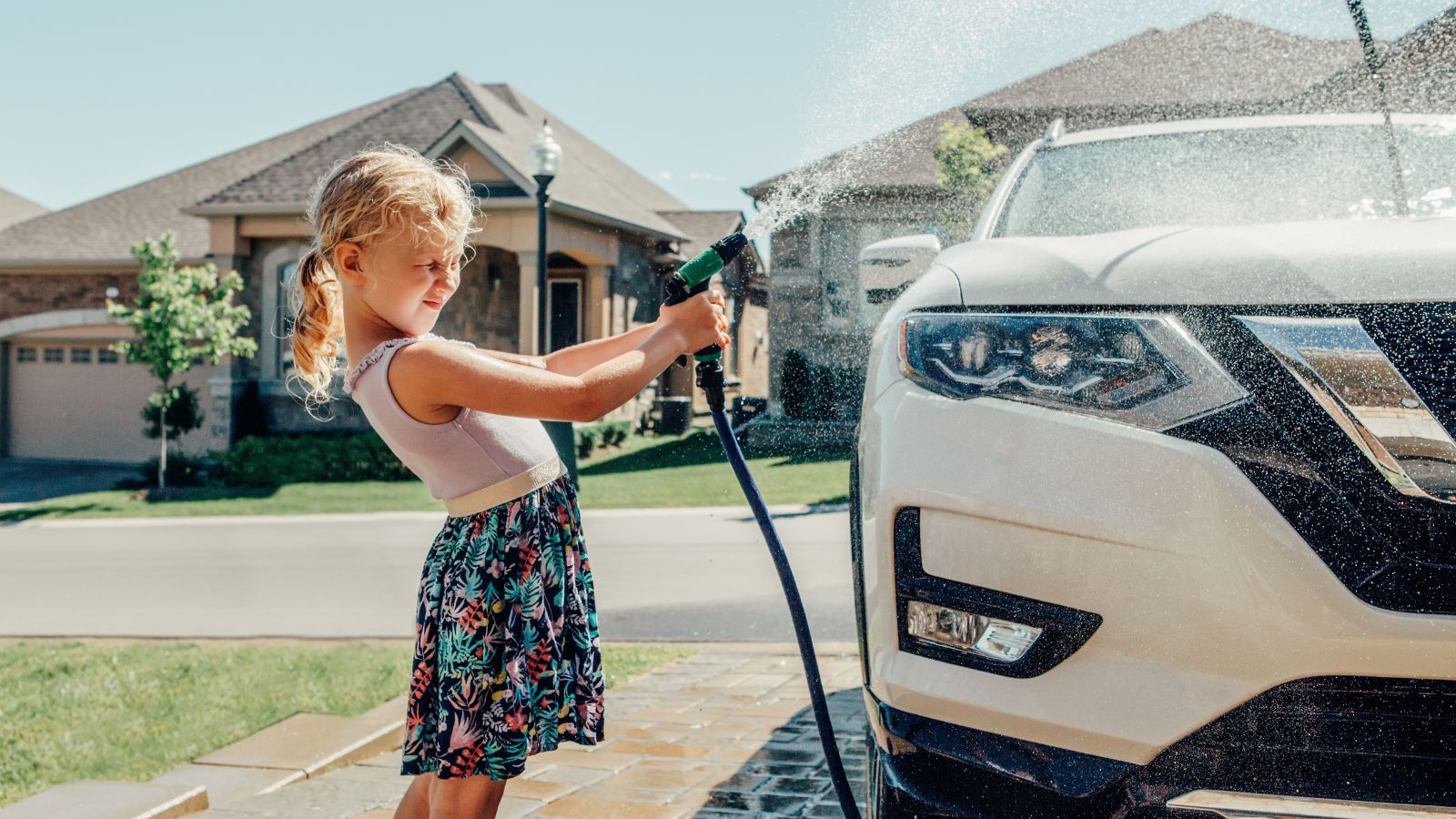
Rust is one of the most destructive forces that can attack a car. Road salt in winter, coastal air near the ocean, and simple moisture all contribute to corrosion. Once it takes hold, rust spreads quickly, eating away at panels, frames, and even structural components. Regular washing, especially after winter storms or long trips, washes away the salt and grime that cause rust before they have a chance to settle in.
Why the Undercarriage Matters

Many car owners focus only on visible paint when washing, but the underside of the car is just as important. Suspension arms, brake lines, exhaust pipes, and even the fuel tank are all exposed to the elements. In Canada and the northern United States, road salt collects heavily on the underbody. Skipping an undercarriage wash allows corrosion to slowly eat away at vital parts that are expensive to replace.
Protecting Paint From Contaminants

Your car’s paint is more than decorative; it’s the first shield against the elements. Dust, bird droppings, bugs, tree sap, and even pollen can damage paint and clear coat if they sit too long. Washing removes these contaminants before they etch or stain the surface. Left unchecked, they can dull the paint, cause peeling, and create weak points where rust eventually starts.
The Clear Coat Connection
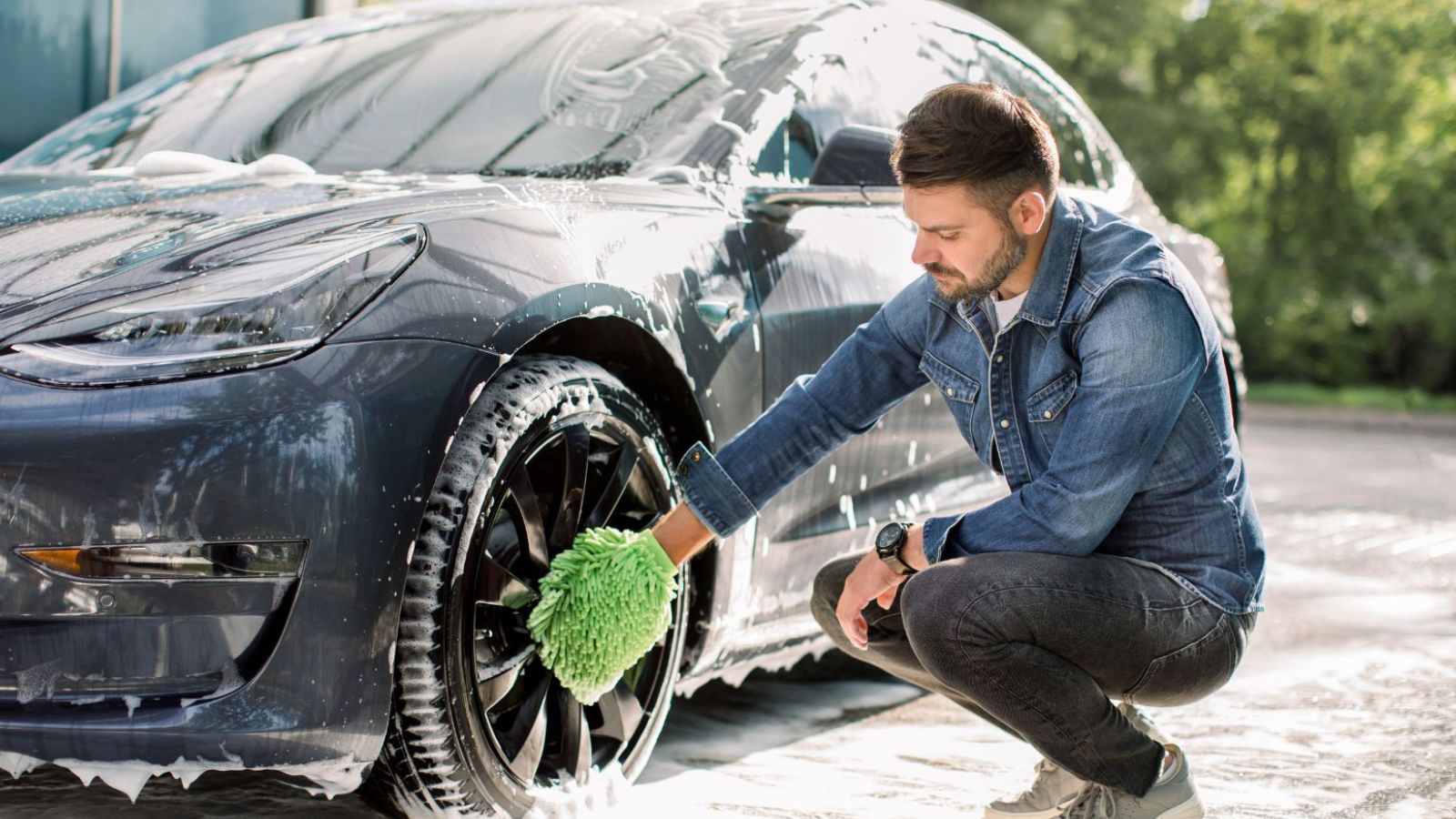
Modern cars use a clear coat layer over the paint to provide shine and protection. But that clear coat is vulnerable. UV rays, acid rain, and road grime can degrade it over time. Washing not only removes damaging particles but also gives you a chance to apply wax or sealants that extend the life of the clear coat.
Improving Visibility and Safety
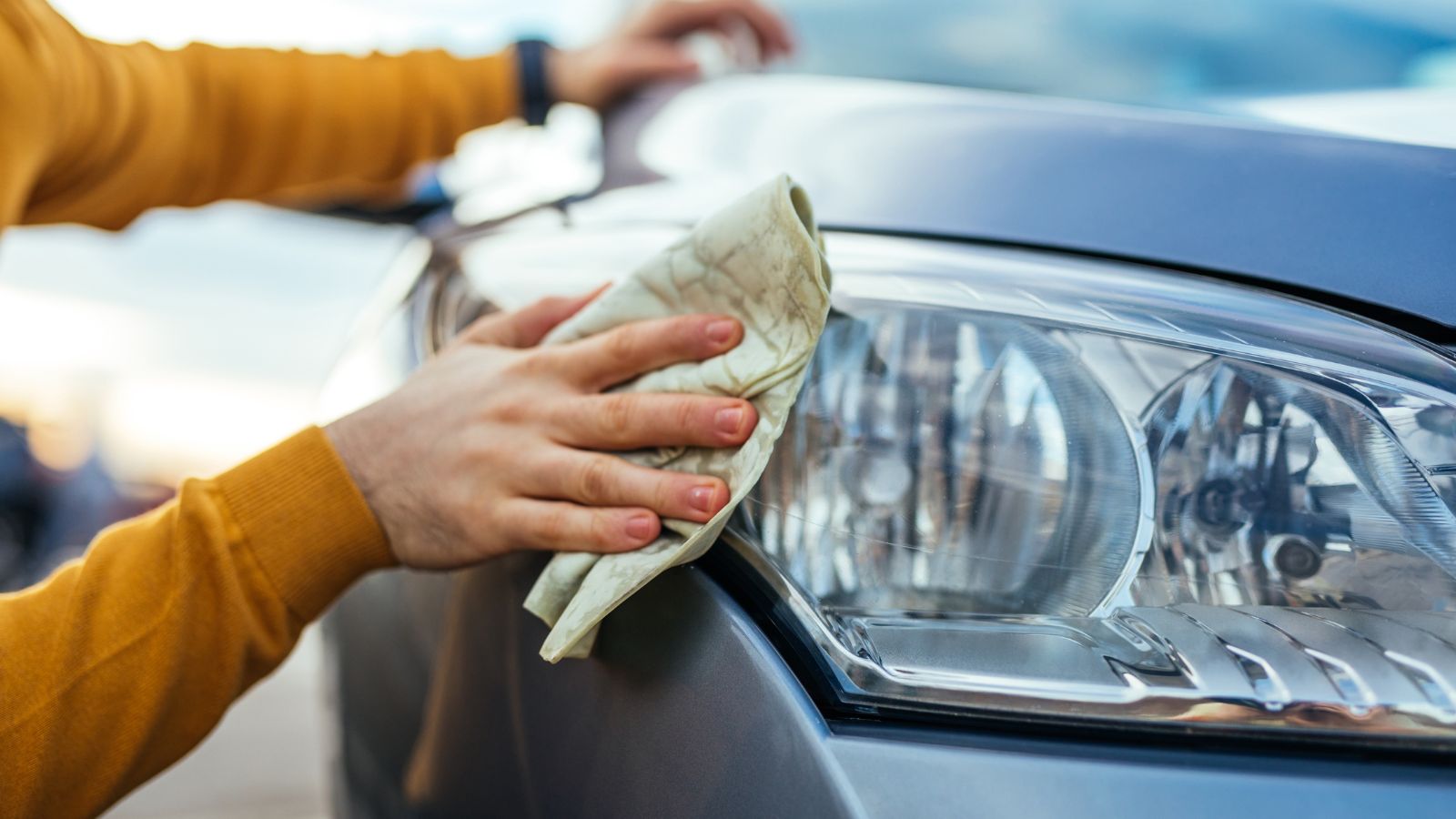
A clean windshield and headlight housing do more than make your car look nice. They keep you safe. Road grime and bug splatter reduce visibility, while dirty headlights scatter light and make it harder to see at night. Regular washing ensures you have a clear line of sight and that your headlights perform as intended, reducing strain on your eyes and improving overall safety.
Tires and Wheels Last Longer
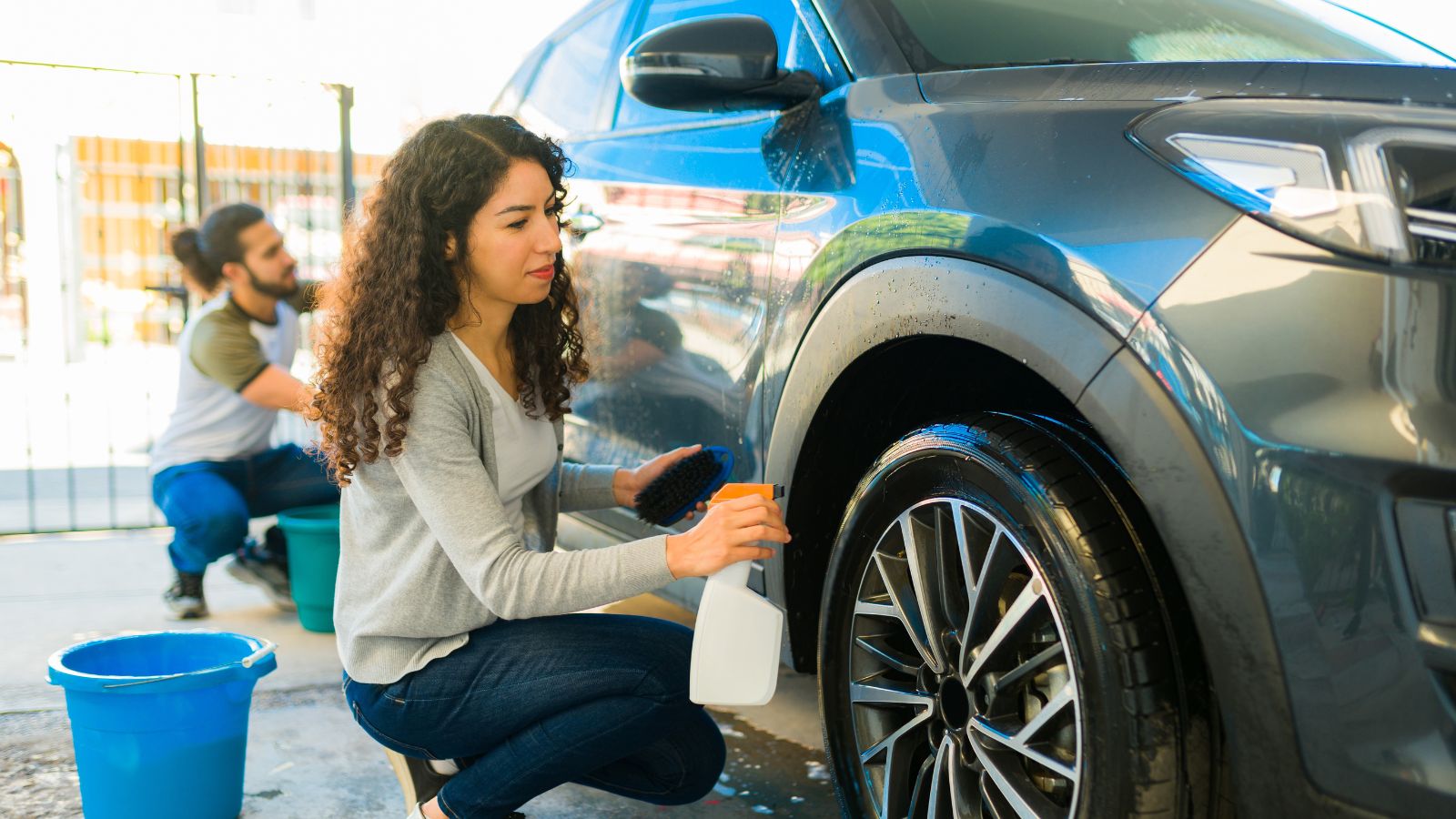
Brake dust, road tar, and grime build up on wheels and tires. Over time, these contaminants can corrode alloy wheels and dry out the sidewalls of tires. Regular washing keeps wheels cleaner, extends their life, and even makes tire inspections easier. Clean tires also give you a better sense of wear and tear, helping you replace them before they become unsafe.
Protecting Rubber and Plastic Trim
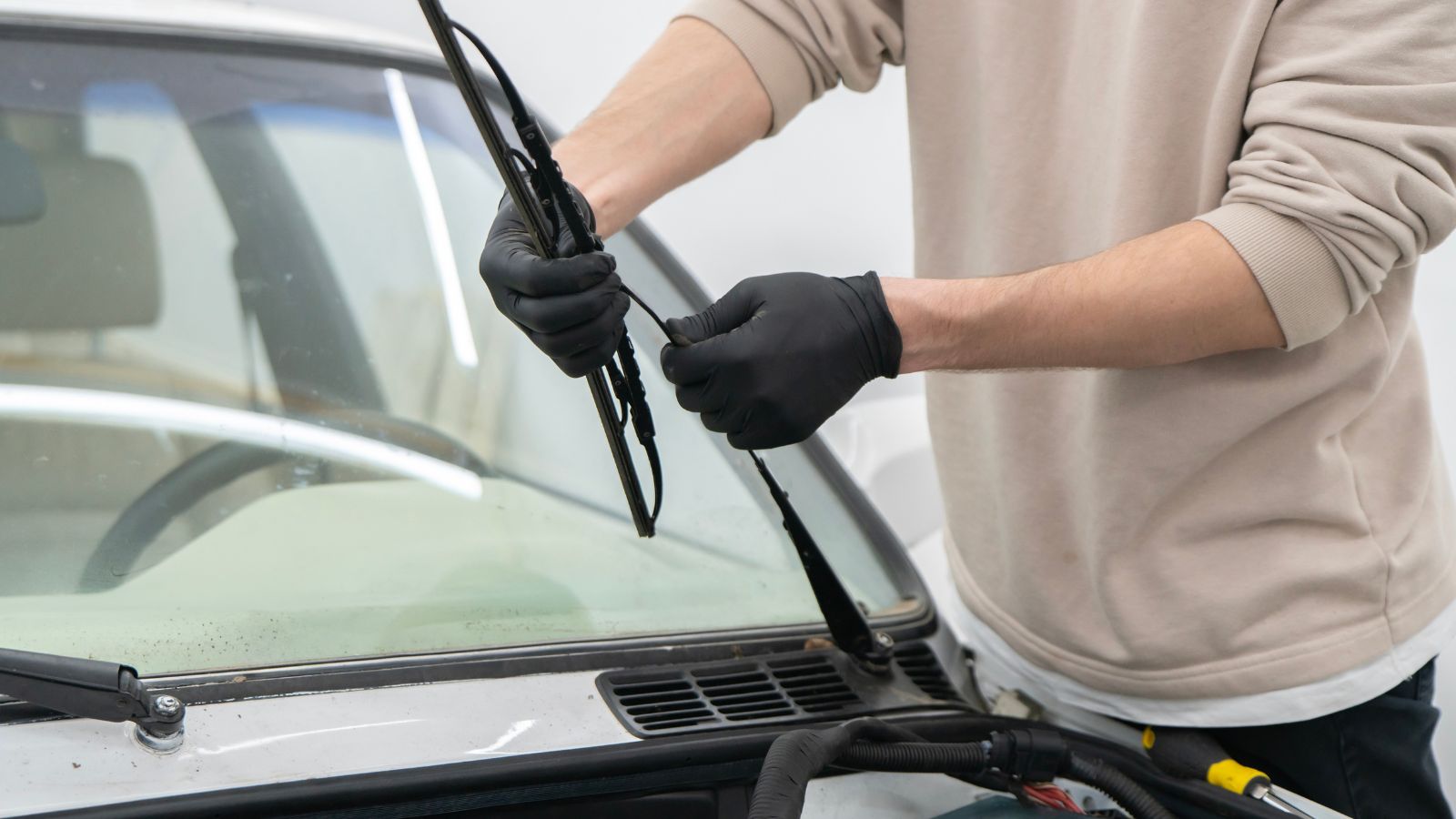
Rubber window seals, wiper blades, and plastic trim can deteriorate quickly when exposed to dirt and UV light. Washing keeps these surfaces clean and reduces the chances of cracking or fading. Adding a protective treatment after washing can extend their life even further, ensuring your car stays sealed from water leaks and road noise.
Seasonal Washing Routines
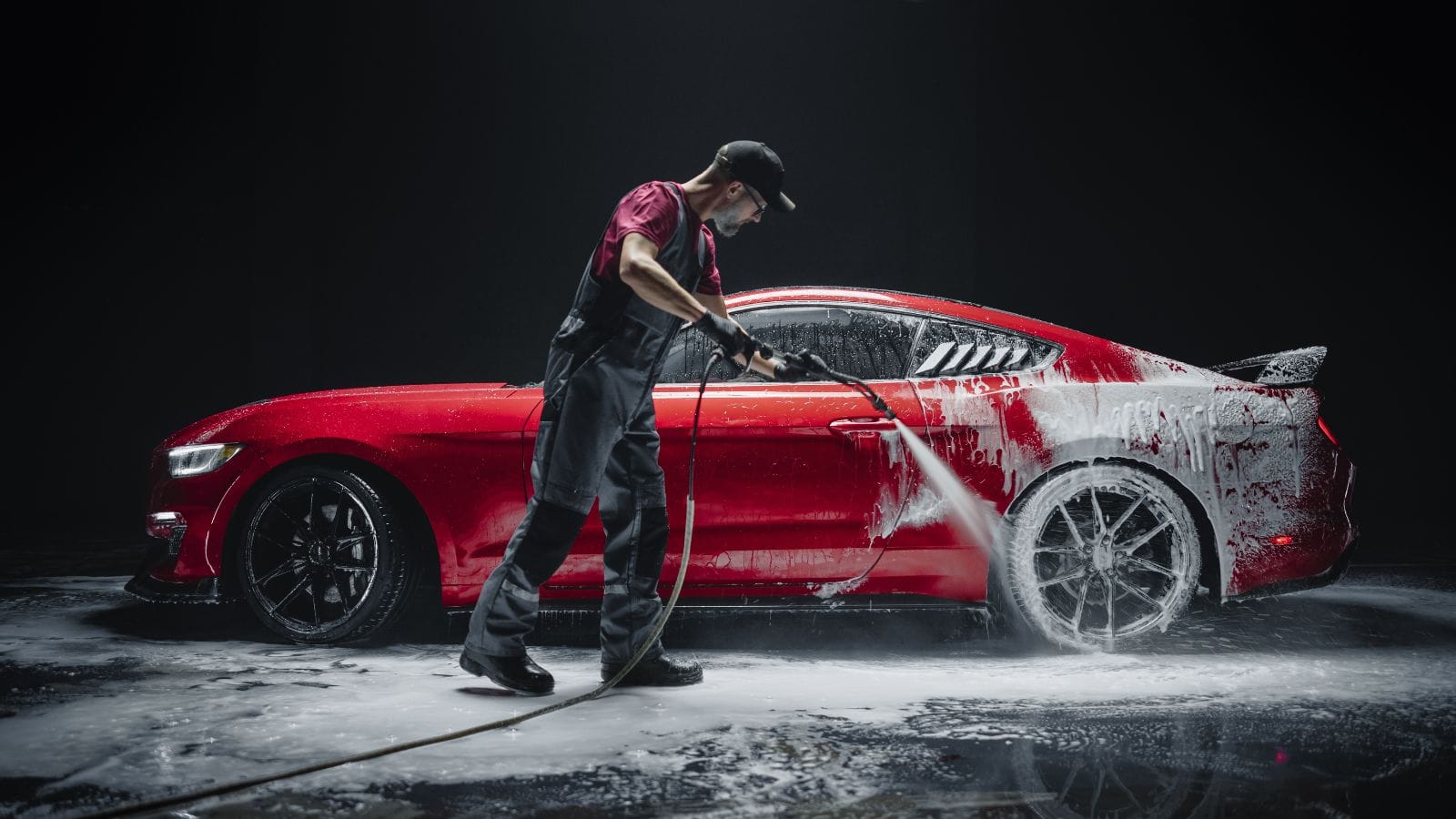
Car washing needs change with the seasons. In winter, frequent washes are critical to remove salt and slush. In spring, cleaning pollen and mud prevents staining. Summer requires removing bug splatter and tree sap, while fall demands attention to leaves and organic debris that can trap moisture. Adapting your wash routine to the season maximizes protection year-round.
Protecting Mechanical Components
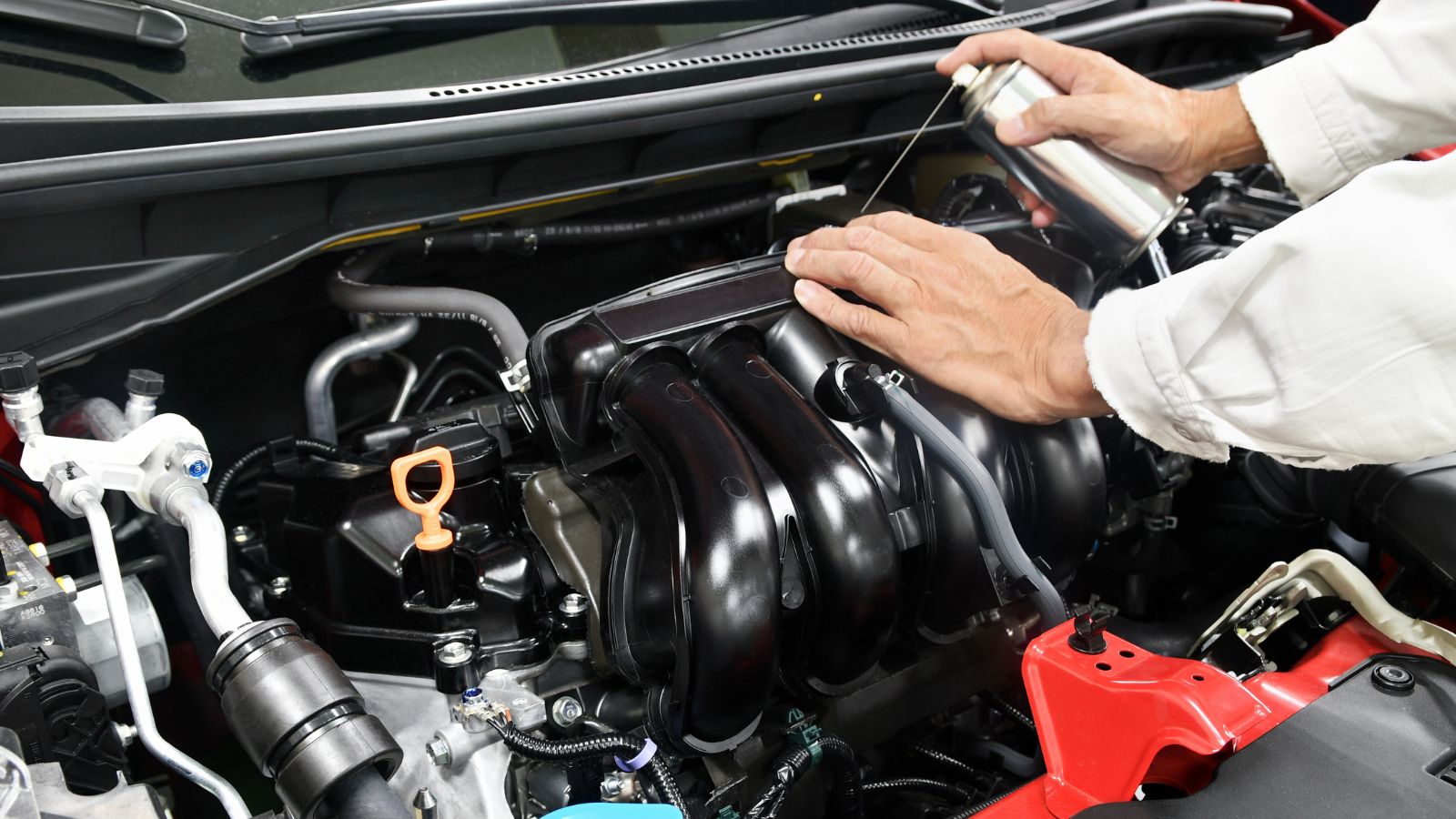
It’s not just the body that benefits from a wash. Dirt and grime can find their way into brakes, suspension joints, and cooling systems. While you can’t detail every hidden part, washing reduces the buildup of corrosive material that accelerates wear. A clean car runs cooler and suffers less wear in the long term.
Enhancing Fuel Efficiency
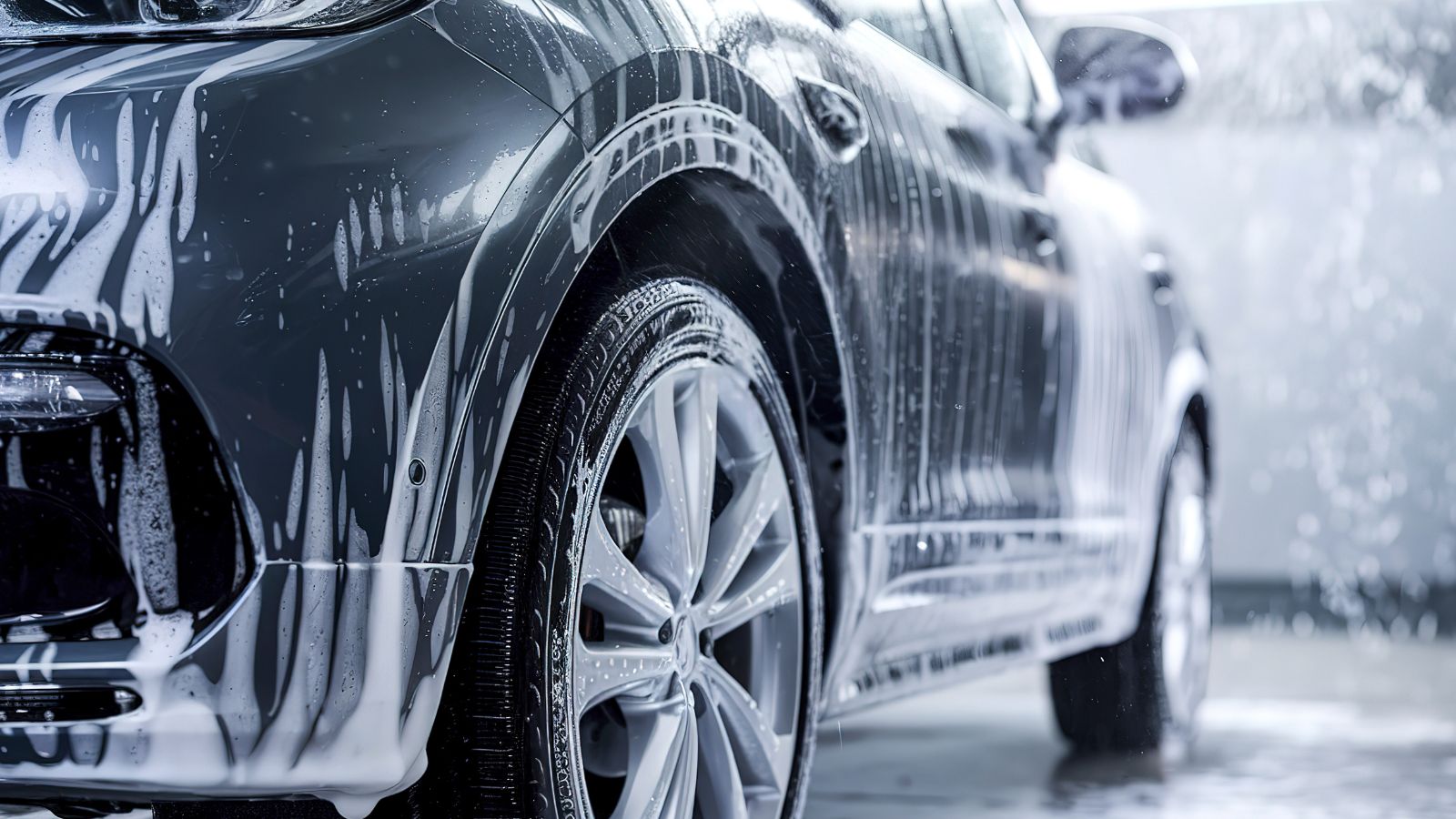
It may sound small, but dirt buildup increases drag. A clean car slices through the air more efficiently, improving aerodynamics and slightly boosting fuel economy. While the effect isn’t massive, it’s one more way regular washing contributes to the car’s overall health and performance.
Spotting Problems Early
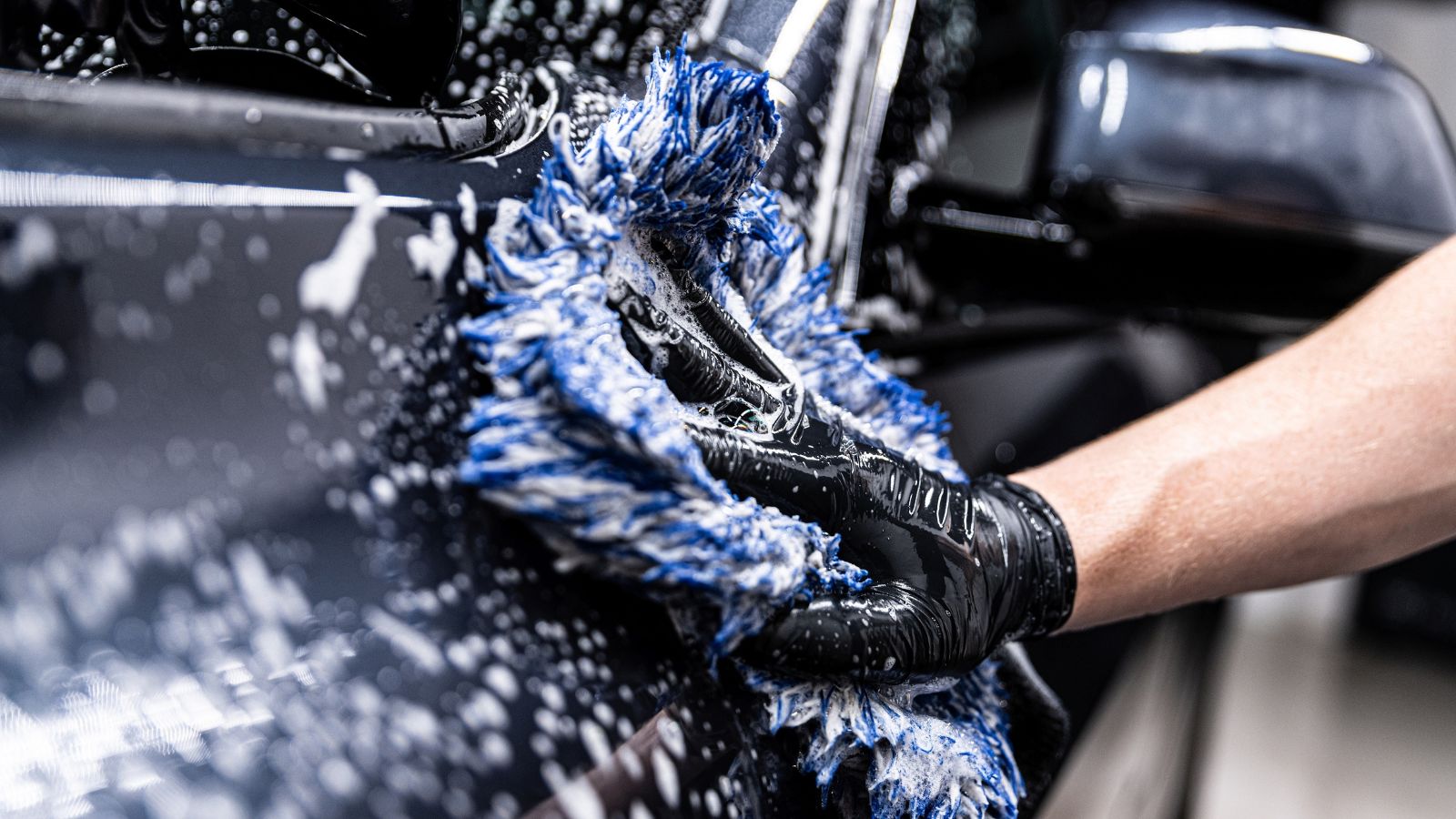
Washing your car gives you the opportunity to inspect it closely. You’ll notice chips, scratches, or developing rust spots before they become serious. You might also spot leaks, damaged seals, or loose trim pieces. This early detection prevents small issues from turning into expensive repairs.
Interior Longevity
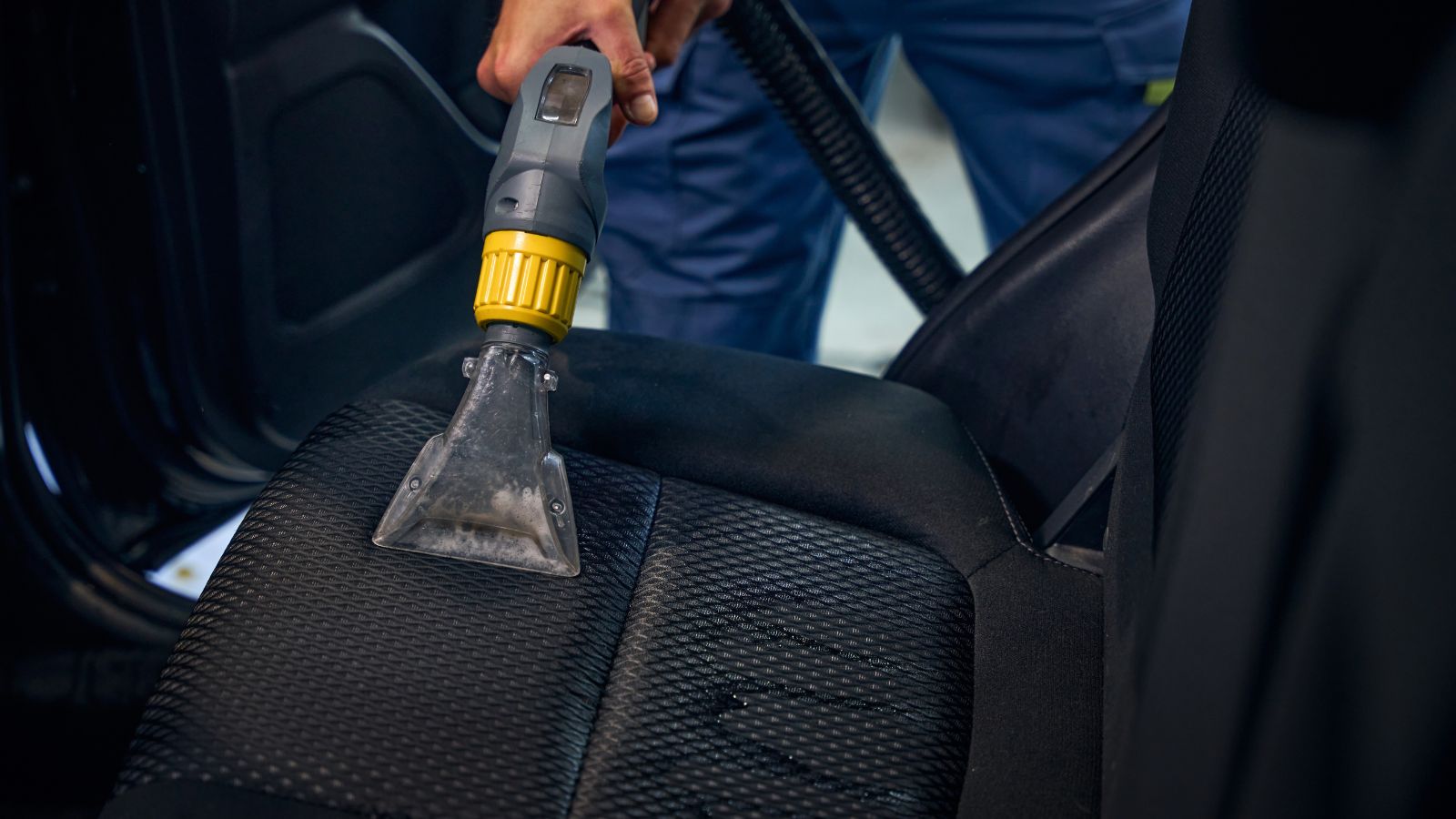
Car washes often include vacuuming and wiping down interiors. Keeping the inside clean matters for longevity too. Dust and dirt wear down upholstery, UV exposure fades dashboards, and food crumbs attract pests. A clean cabin not only feels better but also preserves materials and prevents odors.
Boosting Resale Value

When it comes time to sell your car, appearance plays a huge role in perceived value. A vehicle with shiny paint, clean trim, and no rust commands a higher price. Buyers often assume a clean car has been mechanically well cared for. In contrast, a car covered in grime or with faded paint looks older than it is and fetches less money.
Washing Helps Maintain Warranty

In some cases, neglecting washing can even void certain paint or corrosion warranties. Automakers expect owners to care for the car properly. A history of obvious neglect can give them grounds to deny claims related to paint damage or premature rust.
Better Driving Experience

Beyond mechanical benefits, there’s an emotional payoff. Driving a clean car feels more enjoyable. You’re more likely to take pride in ownership, keep up with maintenance, and enjoy your time behind the wheel. A dirty car can feel neglected, while a clean one feels like a well cared for machine.
The Role of Professional Detailing
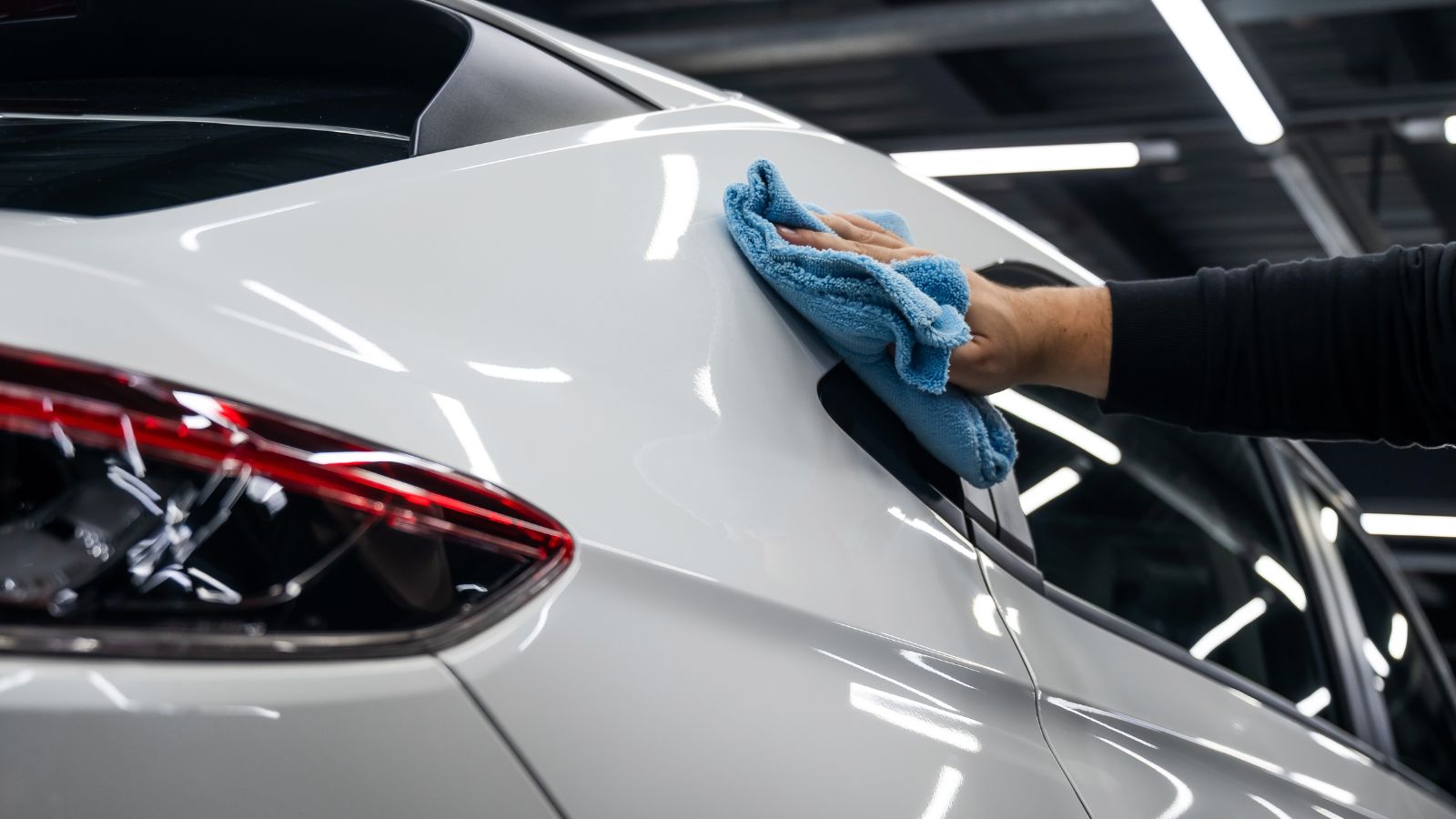
Occasional professional detailing goes even further. Detailers not only wash but also clay bar, polish, and apply protective coatings. These steps restore paint, seal it against UV damage, and prevent contaminants from embedding deeply. Think of detailing as deep cleaning for your car’s skin.
Frequency Matters
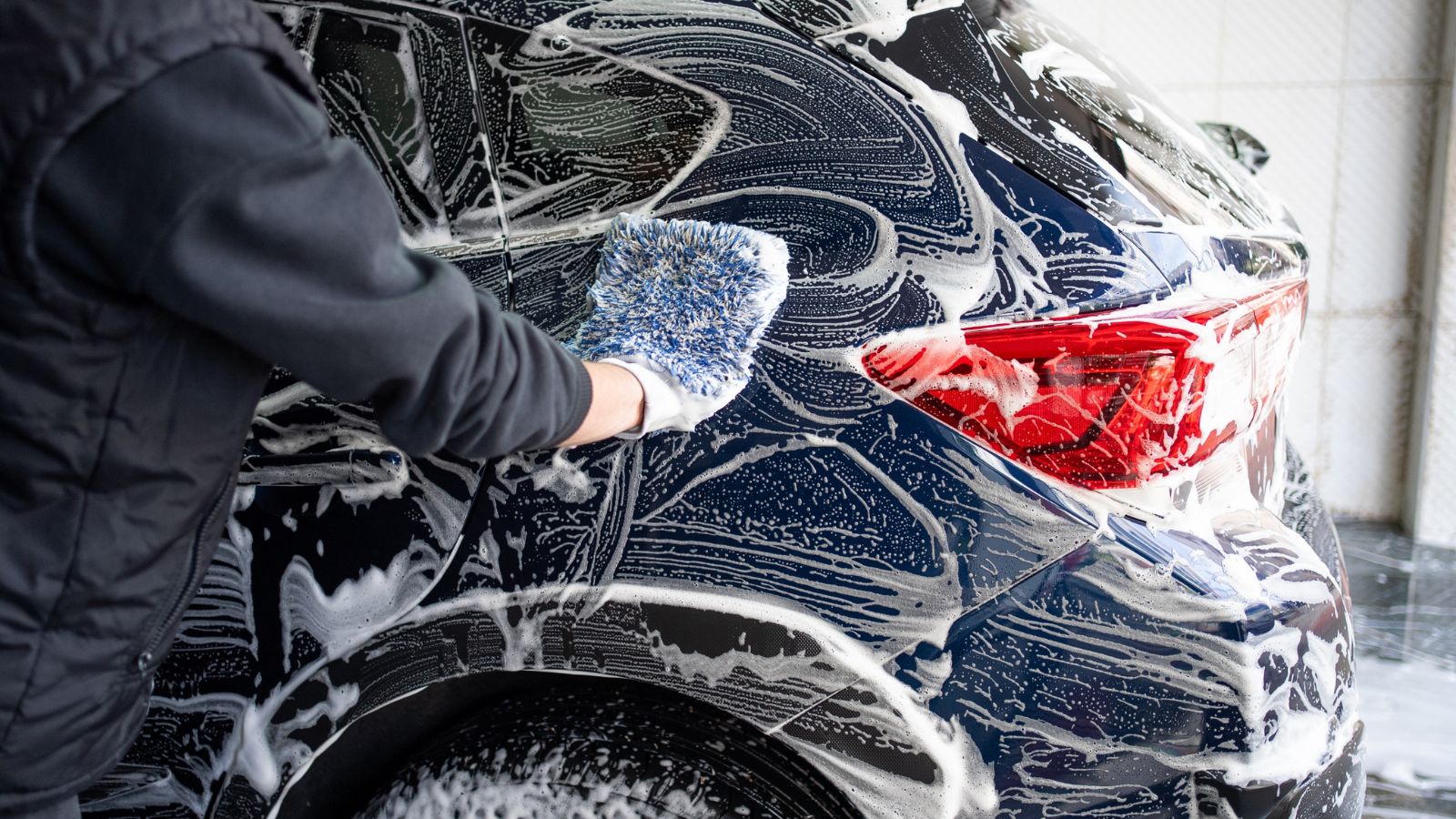
How often should you wash? The general rule is every two weeks, though winter driving may require weekly washes to combat salt. If your car is exposed to pollen, dust, or coastal salt air, more frequent washing helps. What matters most is consistency—washing regularly keeps damage from ever getting a foothold.
Washing vs. Waxing
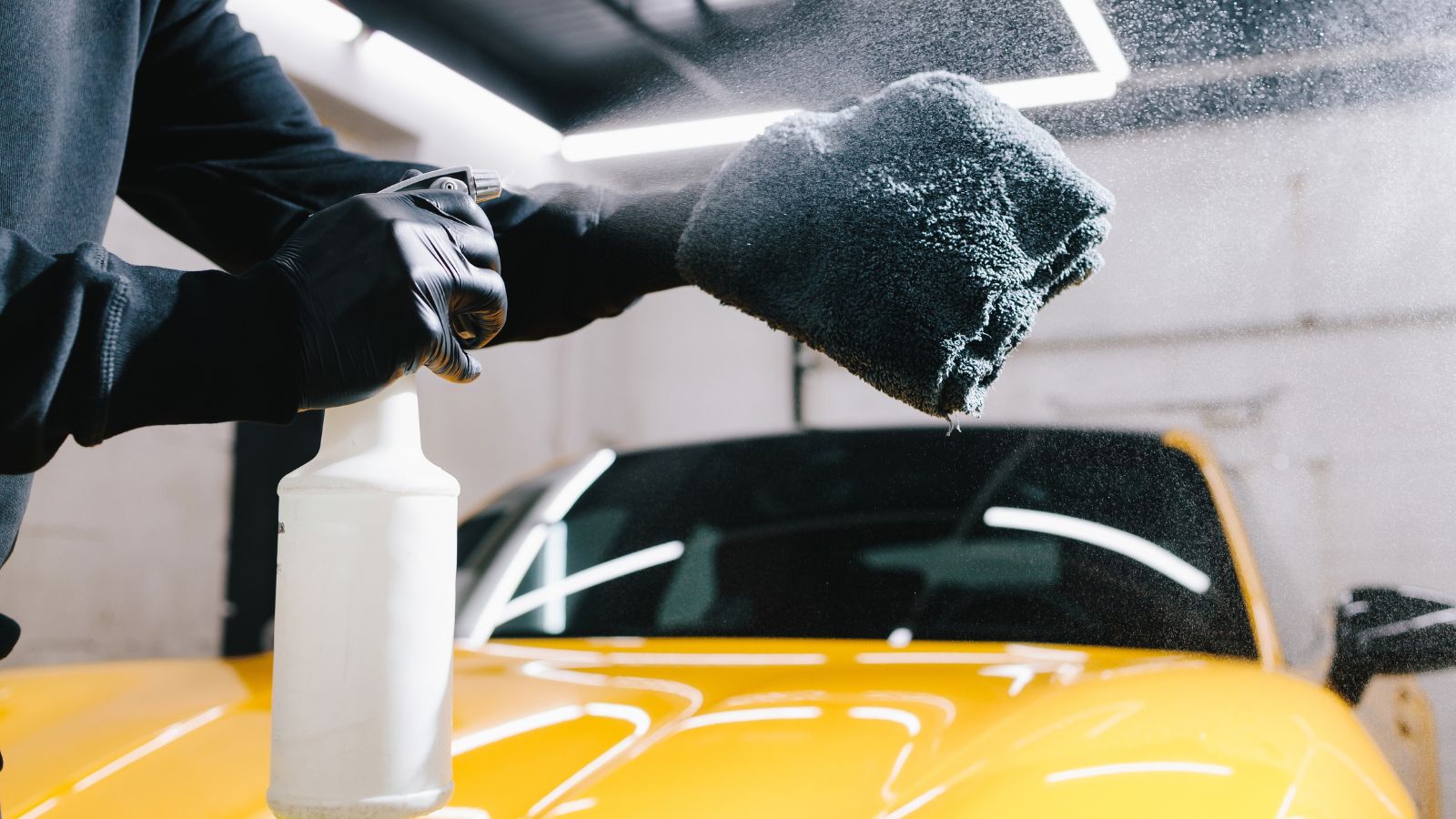
Washing removes contaminants, but waxing adds protection. A waxed surface sheds water, resists UV damage, and makes future washes easier. Together, washing and waxing form a one-two punch that dramatically extends the life of your paint.
A Small Effort, Big Results
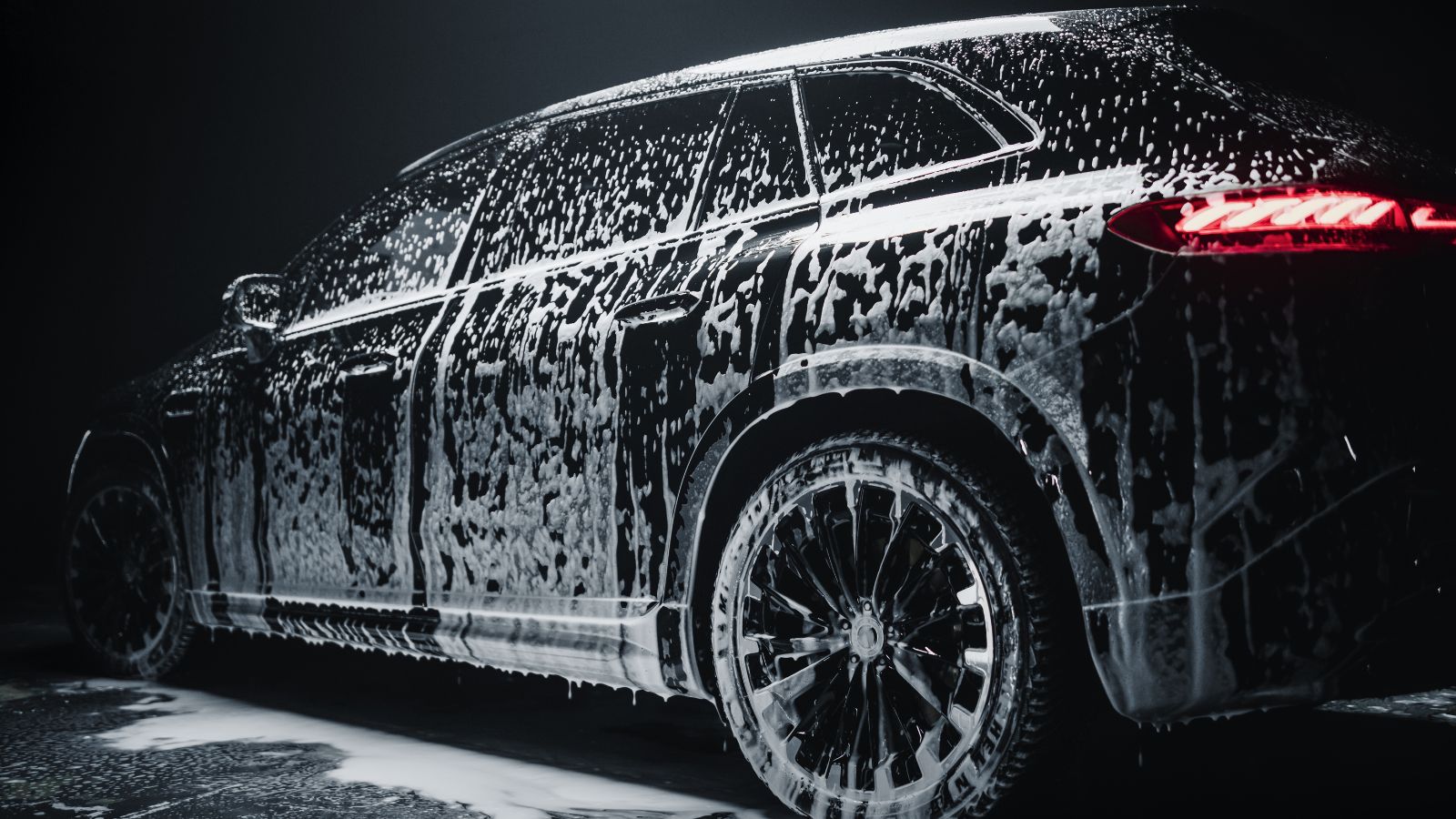
For a task that takes less than an hour, the payoff is enormous. Washing your car prevents rust, protects paint, keeps trim supple, boosts safety, and raises resale value. It’s one of the simplest forms of maintenance, yet one of the most effective for long-term preservation.
The First Maintenance
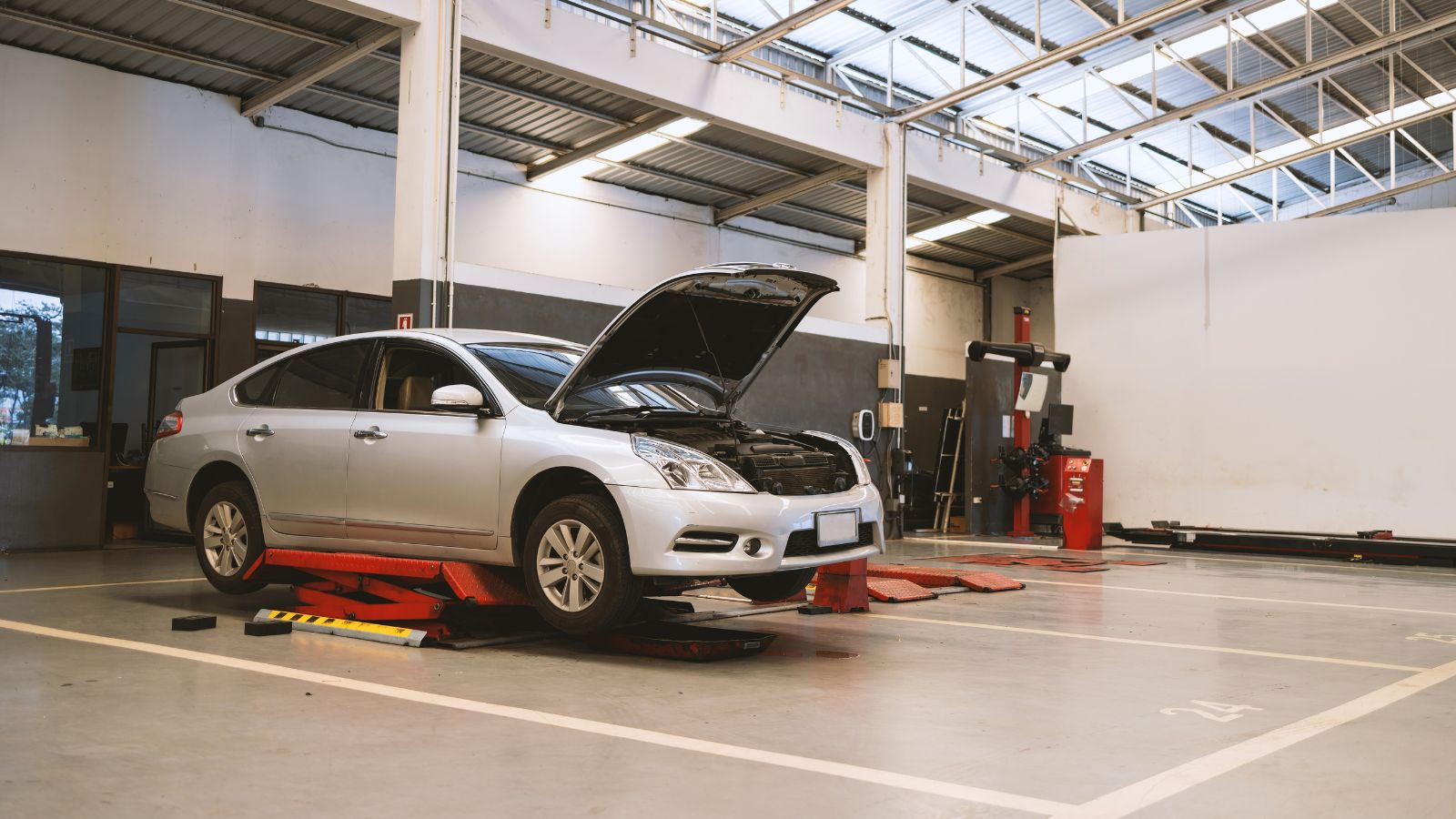
Car washing isn’t vanity it’s maintenance. By keeping dirt, salt, and contaminants off your vehicle, you’re protecting its body, mechanical parts, and even its value. Whether you do it yourself in the driveway or use a professional car wash, keeping your vehicle clean is one of the smartest and cheapest ways to extend its life. A shiny car isn’t just a pleasure to look at, it’s a car that will last longer and serve you better.
25 Facts About Car Loans That Most Drivers Don’t Realize

Car loans are one of the most common ways people fund car purchases. Like any other kind of loan, car loans can have certain features that can be regarded as an advantage or a disadvantage to the borrower. Understanding all essential facts about car loans and how they work to ensure that you get the best deal for your financial situation is essential. Here are 25 shocking facts about car loans that most drivers don’t realize:
25 Facts About Car Loans That Most Drivers Don’t Realize
